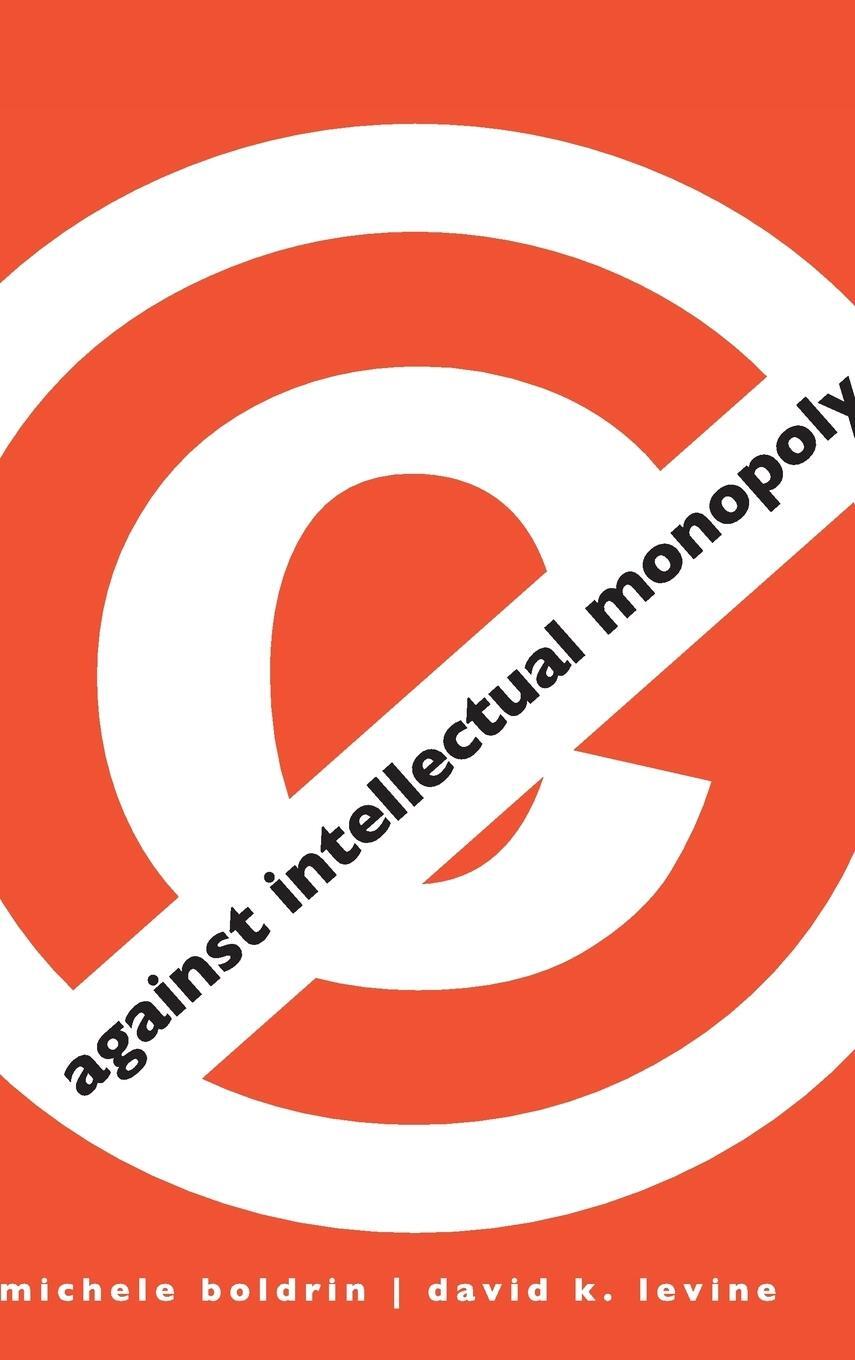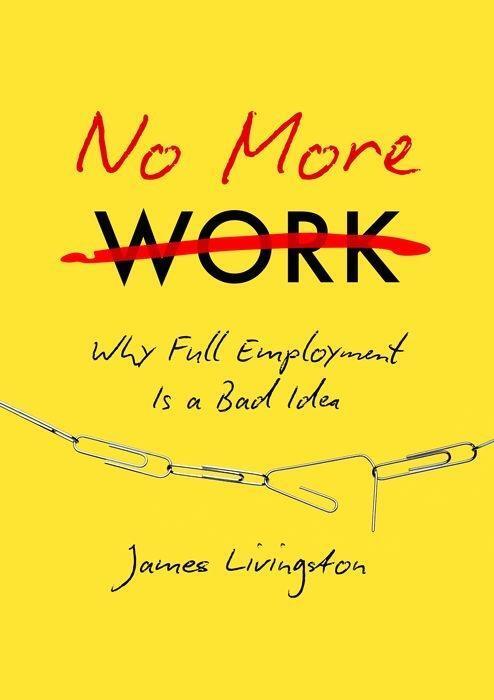84,40 €*
Versandkostenfrei per Post / DHL
auf Lager, Lieferzeit 1-2 Werktage
New_to_this_edition
SaplingPlus is a new digital solution that combines LearningCurve adaptive quizzing with an integrated e-book, robust online homework, and access to all student and teacher resources in one accessible place.
New_to_this_edition
SaplingPlus is a new digital solution that combines LearningCurve adaptive quizzing with an integrated e-book, robust online homework, and access to all student and teacher resources in one accessible place.
New_to_this_edition
NEW! Adventures in Economics Videos
Co-Author Dave Anderson has created 25 short, entertaining videos that review the most important models and concepts in the AP® Economics courses. Referenced at the relevant point in the textbook, students are encouraged to watch the video and complete the companion worksheet to make sure they fully understand these fundamental concepts
REVISED! Section Review Videos
These section-ending videos help students bring the key concepts together. Emphasis is given to graphing, key economic models, and vocabulary
INTEGRATED! Economics by Example
Previously supplied in a separate textbook, Dave Anderson's short, engaging stories explaining each section's key concepts are now included in the text. Each section concludes with an engaging, narrative review of the main ideas. Critical Thinking questions encourage reflection and debate
Section 1 Basic Economic Concepts
Module 1 The Study of Economics
Module 2 Introduction to Macroeconomics
Module 3 The Production Possibilities Curve Model
Module 4 Comparative Advantage and Trade
Appendix Graphs in Economics
Economics by Example: What's to Love About Economics?
Section 2 Supply and Demand
Module 5 Supply and Demand: Introduction and Demand
Module 6 Supply and Demand: Supply
Module 7 Supply and Demand: Equilibrium
Module 8 Supply and Demand: Price Controls (Ceilings and Floors)
Module 9 Supply and Demand: Quantity Controls
Economics by Example: The Coffee Markets Hot: Why are Bean Prices Not?
Section 3 Measurement of Economic Performance
Module 10 The Circular Flow and Gross Domestic Product
Module 11 Interpreting Real Gross Domestic Product
Module 12 The Meaning and Calculation of Unemployment
Module 13 The Causes and Categories of Unemployment
Module 14 Inflation: An Overview
Module 15 The Measurement and Calculation of Inflation
Economics by Example: How Can GDP Be UP When Were Feeling Down?
Section 4 National Income and Price Determination
Module 16 Income and Expenditure
Module 17 Aggregate Demand: Introduction and Determinants
Module 18 Aggregate Supply: Introduction and Determinants
Module 19 Equilibrium in the Aggregate Demand Aggregate Supply Model
Module 20 Economic Policy and the Aggregate Demand Aggregate Supply Model
Module 21 Fiscal Policy and Multiplier Effects
Economics by Example: How Much Debt is Too Much Debt
Section 5 The Financial Sector
Module 22 Saving, Investment, and the Financial System
Module 23 The Definition and Measurement of Money
Module 24 The Time Value of Money
Module 25 Banking and Money Creation
Module 26 The Federal Reserve System: History and Structure
Module 27 The Federal Reserve System: Monetary Policy
Module 28 The Money Market
Module 29 The Market for Loanable Funds
Economics by Example: How Should We Wield the Tool of Monetary Policy?
Section 6 Inflation, Unemployment, and Stabilization Policies
Module 30 Long-Run Implications of Fiscal Policy: Deficits and the Public Debt
Module 31 Monetary Policy and the Interest Rate
Module 32 Money, Output, and Prices in the Long Run
Module 33 Types of Inflation, Disinflation, and Deflation
Module 34 Inflation and Unemployment: The Phillips Curve
Module 35 History and Alternative Views of Macroeconomics
Module 36 Consensus and Conflict in Modern Macroeconomics
Economics by Example: Will Technology Put Everyone Out of Work? Unemployment, Creative Destruction, and Quality of Life
Section 7 Economic Growth and Productivity
Module 37 Long-Run Economic Growth
Module 38 Productivity and Growth
Module 39 Growth Policy: Why Economic Growth Rates Differ
Module 40 Economic Growth in Macroeconomic Models
Economics by Example: Why Are Some Countries Rich and Others Poor? Growth Models, Miracles, and the Determinants of Economic Development
Section 8 The Open Economy: International Trade and Finance
Module 41 Capital Flows and the Balance of Payments
Module 42 The Foreign Exchange Market
Module 43 Exchange Rate Policy and Macroeconomic Policy
Module 44 Barriers to Trade
Module 45 Putting It All Together
Economics by Example: Is Globalization a Bad Word? Comparative Advantage, Culture Clashes, and International Organizations
Section 9 Behind the Demand Curve: Consumer Choice
Module 46 Income Effects, Substitution Effects, and Elasticity
Module 47 Interpreting Price Elasticity of Demand
Module 48 Other Important Elasticities
Module 49 Consumer and Producer Surplus
Module 50 Efficiency and Deadweight Loss
Module 51 Utility Maximization
Economics by Example: "Why Was the Great Newspaper Heist So Easy?
Section 10 Behind the Supply Curve: Profit, Production, and Costs
Module 52 Defining Profit
Module 53 Profit Maximization
Module 54 The Production Function
Module 55 Firm Costs
Module 56 Long-Run Costs and Economies of Scale
Module 57 Introduction to Market Structure
Economics by Example: "Could the Future Cost of Energy Change Life as We Know It?"
Section 11 Market Structures: Perfect Competition and Monopoly
Module 58 Introduction to Perfect Competition
Module 59 Graphing Perfect Competition
Module 60 Long-Run Outcomes in Perfect Competition
Module 61 Introduction to Monopoly
Module 62 Monopoly and Public Policy
Module 63 Price Discrimination
Economics by Example: "Is Adam Smith Rolling Over in His Grave?"
Section 12 Market Structures: Imperfect Competition
Module 64 Introduction to Oligopoly
Module 65 Game Theory
Module 66 Oligopoly in Practice
Module 67 Introduction to Monopolistic Competition
Module 68 Product Differentiation and Advertising
Economics by Example: "Immigration: How Welcoming Should Lady Liberty Be?"
Section 13 Market Failure and the Role of the Government
Module 74 Introduction to Externalities
Module 75 Externalities in Markets for Goods and Services
Module 76 Public Goods
Module 77 Public Policy to Promote Competition
Module 78 Income Inequality and Income Distribution
Economics by Example: "Why Not Split the Check?"
Section 14 Market Failure and the Role of Government
Module 74 Introduction to Externalities
Module 75 Externalities and Public Policy
Module 76 Public Goods
Module 77 Public Policy to Promote Competition
Module 78 Income Inequality and Income Distribution
Economics by Example: "Why Not Split the Check?"
AP Practice Exams
Enrichment Modules
Module A: Financial Markets and Crises
Module B: Behavioral Economics
Module C: The Economics of Information
Module D: Indifference Curves and Consumer Choice
Financial Literacy Handbook
Glossary/Glosario
Index
| Erscheinungsjahr: | 2019 |
|---|---|
| Fachbereich: | Volkswirtschaft |
| Genre: | Wirtschaft |
| Rubrik: | Recht & Wirtschaft |
| Medium: | Buch |
| Seiten: | 763 |
| Inhalt: | Gebunden |
| ISBN-13: | 9781319113278 |
| ISBN-10: | 1319113273 |
| Sprache: | Englisch |
| Herstellernummer: | 978-1-319-11327-8 |
| Einband: | Gebunden |
| Autor: | Ray, Margaret |
| Auflage: | 3rd ed. |
| Hersteller: |
Macmillan Learning
Worth Publishers |
| Abbildungen: | Bibliographie |
| Maße: | 281 x 219 x 35 mm |
| Von/Mit: | Margaret Ray |
| Erscheinungsdatum: | 16.08.2019 |
| Gewicht: | 2,05 kg |
New_to_this_edition
NEW! Adventures in Economics Videos
Co-Author Dave Anderson has created 25 short, entertaining videos that review the most important models and concepts in the AP® Economics courses. Referenced at the relevant point in the textbook, students are encouraged to watch the video and complete the companion worksheet to make sure they fully understand these fundamental concepts
REVISED! Section Review Videos
These section-ending videos help students bring the key concepts together. Emphasis is given to graphing, key economic models, and vocabulary
INTEGRATED! Economics by Example
Previously supplied in a separate textbook, Dave Anderson's short, engaging stories explaining each section's key concepts are now included in the text. Each section concludes with an engaging, narrative review of the main ideas. Critical Thinking questions encourage reflection and debate
Section 1 Basic Economic Concepts
Module 1 The Study of Economics
Module 2 Introduction to Macroeconomics
Module 3 The Production Possibilities Curve Model
Module 4 Comparative Advantage and Trade
Appendix Graphs in Economics
Economics by Example: What's to Love About Economics?
Section 2 Supply and Demand
Module 5 Supply and Demand: Introduction and Demand
Module 6 Supply and Demand: Supply
Module 7 Supply and Demand: Equilibrium
Module 8 Supply and Demand: Price Controls (Ceilings and Floors)
Module 9 Supply and Demand: Quantity Controls
Economics by Example: The Coffee Markets Hot: Why are Bean Prices Not?
Section 3 Measurement of Economic Performance
Module 10 The Circular Flow and Gross Domestic Product
Module 11 Interpreting Real Gross Domestic Product
Module 12 The Meaning and Calculation of Unemployment
Module 13 The Causes and Categories of Unemployment
Module 14 Inflation: An Overview
Module 15 The Measurement and Calculation of Inflation
Economics by Example: How Can GDP Be UP When Were Feeling Down?
Section 4 National Income and Price Determination
Module 16 Income and Expenditure
Module 17 Aggregate Demand: Introduction and Determinants
Module 18 Aggregate Supply: Introduction and Determinants
Module 19 Equilibrium in the Aggregate Demand Aggregate Supply Model
Module 20 Economic Policy and the Aggregate Demand Aggregate Supply Model
Module 21 Fiscal Policy and Multiplier Effects
Economics by Example: How Much Debt is Too Much Debt
Section 5 The Financial Sector
Module 22 Saving, Investment, and the Financial System
Module 23 The Definition and Measurement of Money
Module 24 The Time Value of Money
Module 25 Banking and Money Creation
Module 26 The Federal Reserve System: History and Structure
Module 27 The Federal Reserve System: Monetary Policy
Module 28 The Money Market
Module 29 The Market for Loanable Funds
Economics by Example: How Should We Wield the Tool of Monetary Policy?
Section 6 Inflation, Unemployment, and Stabilization Policies
Module 30 Long-Run Implications of Fiscal Policy: Deficits and the Public Debt
Module 31 Monetary Policy and the Interest Rate
Module 32 Money, Output, and Prices in the Long Run
Module 33 Types of Inflation, Disinflation, and Deflation
Module 34 Inflation and Unemployment: The Phillips Curve
Module 35 History and Alternative Views of Macroeconomics
Module 36 Consensus and Conflict in Modern Macroeconomics
Economics by Example: Will Technology Put Everyone Out of Work? Unemployment, Creative Destruction, and Quality of Life
Section 7 Economic Growth and Productivity
Module 37 Long-Run Economic Growth
Module 38 Productivity and Growth
Module 39 Growth Policy: Why Economic Growth Rates Differ
Module 40 Economic Growth in Macroeconomic Models
Economics by Example: Why Are Some Countries Rich and Others Poor? Growth Models, Miracles, and the Determinants of Economic Development
Section 8 The Open Economy: International Trade and Finance
Module 41 Capital Flows and the Balance of Payments
Module 42 The Foreign Exchange Market
Module 43 Exchange Rate Policy and Macroeconomic Policy
Module 44 Barriers to Trade
Module 45 Putting It All Together
Economics by Example: Is Globalization a Bad Word? Comparative Advantage, Culture Clashes, and International Organizations
Section 9 Behind the Demand Curve: Consumer Choice
Module 46 Income Effects, Substitution Effects, and Elasticity
Module 47 Interpreting Price Elasticity of Demand
Module 48 Other Important Elasticities
Module 49 Consumer and Producer Surplus
Module 50 Efficiency and Deadweight Loss
Module 51 Utility Maximization
Economics by Example: "Why Was the Great Newspaper Heist So Easy?
Section 10 Behind the Supply Curve: Profit, Production, and Costs
Module 52 Defining Profit
Module 53 Profit Maximization
Module 54 The Production Function
Module 55 Firm Costs
Module 56 Long-Run Costs and Economies of Scale
Module 57 Introduction to Market Structure
Economics by Example: "Could the Future Cost of Energy Change Life as We Know It?"
Section 11 Market Structures: Perfect Competition and Monopoly
Module 58 Introduction to Perfect Competition
Module 59 Graphing Perfect Competition
Module 60 Long-Run Outcomes in Perfect Competition
Module 61 Introduction to Monopoly
Module 62 Monopoly and Public Policy
Module 63 Price Discrimination
Economics by Example: "Is Adam Smith Rolling Over in His Grave?"
Section 12 Market Structures: Imperfect Competition
Module 64 Introduction to Oligopoly
Module 65 Game Theory
Module 66 Oligopoly in Practice
Module 67 Introduction to Monopolistic Competition
Module 68 Product Differentiation and Advertising
Economics by Example: "Immigration: How Welcoming Should Lady Liberty Be?"
Section 13 Market Failure and the Role of the Government
Module 74 Introduction to Externalities
Module 75 Externalities in Markets for Goods and Services
Module 76 Public Goods
Module 77 Public Policy to Promote Competition
Module 78 Income Inequality and Income Distribution
Economics by Example: "Why Not Split the Check?"
Section 14 Market Failure and the Role of Government
Module 74 Introduction to Externalities
Module 75 Externalities and Public Policy
Module 76 Public Goods
Module 77 Public Policy to Promote Competition
Module 78 Income Inequality and Income Distribution
Economics by Example: "Why Not Split the Check?"
AP Practice Exams
Enrichment Modules
Module A: Financial Markets and Crises
Module B: Behavioral Economics
Module C: The Economics of Information
Module D: Indifference Curves and Consumer Choice
Financial Literacy Handbook
Glossary/Glosario
Index
| Erscheinungsjahr: | 2019 |
|---|---|
| Fachbereich: | Volkswirtschaft |
| Genre: | Wirtschaft |
| Rubrik: | Recht & Wirtschaft |
| Medium: | Buch |
| Seiten: | 763 |
| Inhalt: | Gebunden |
| ISBN-13: | 9781319113278 |
| ISBN-10: | 1319113273 |
| Sprache: | Englisch |
| Herstellernummer: | 978-1-319-11327-8 |
| Einband: | Gebunden |
| Autor: | Ray, Margaret |
| Auflage: | 3rd ed. |
| Hersteller: |
Macmillan Learning
Worth Publishers |
| Abbildungen: | Bibliographie |
| Maße: | 281 x 219 x 35 mm |
| Von/Mit: | Margaret Ray |
| Erscheinungsdatum: | 16.08.2019 |
| Gewicht: | 2,05 kg |










